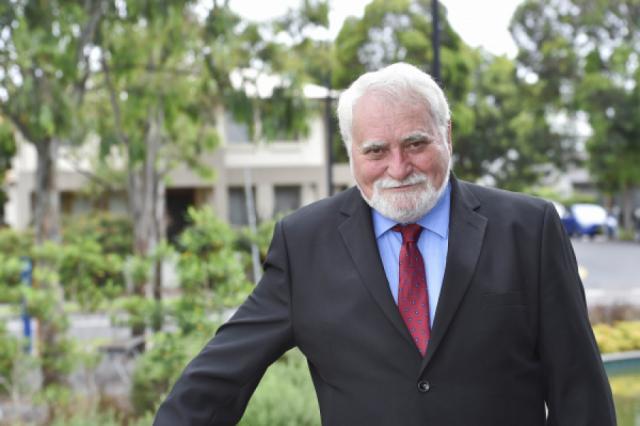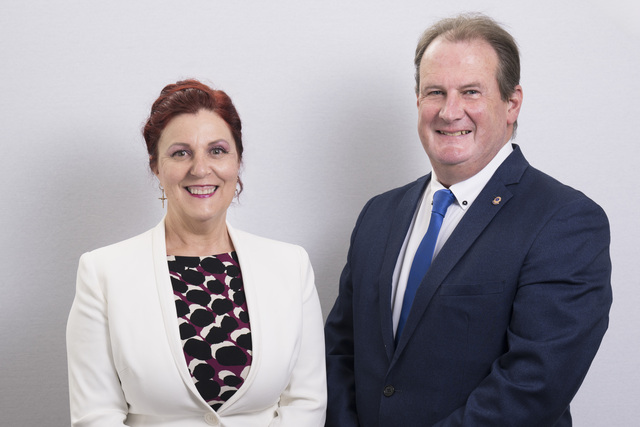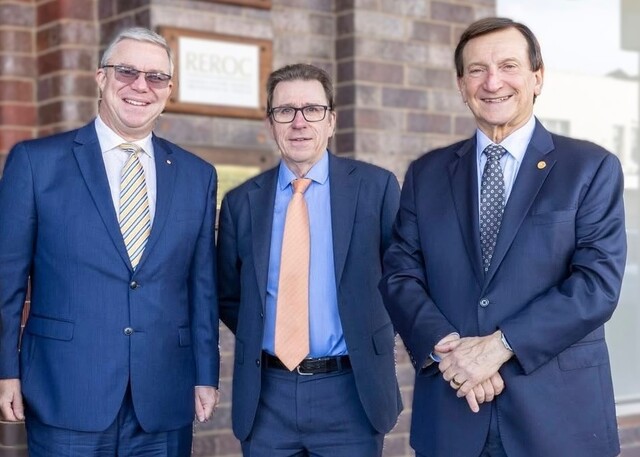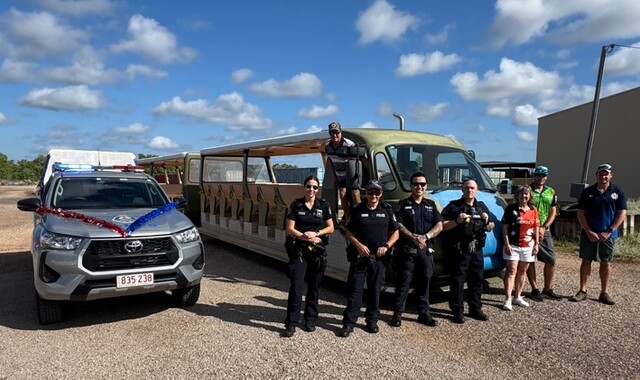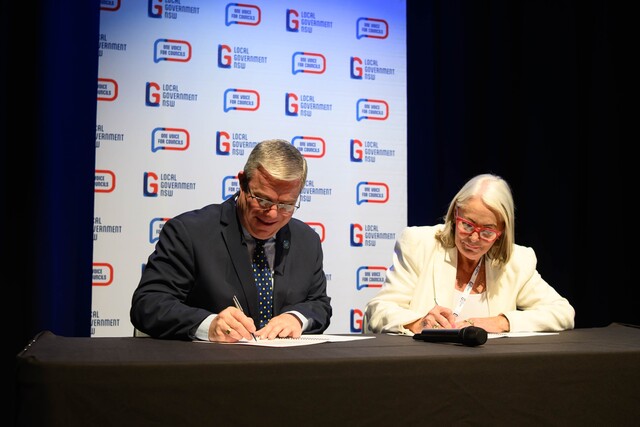The peak body representing councils in Greater Western Sydney, the Western Sydney Regional Organisation of Councils (WSROC), will soon launch a Greater Sydney Heat Taskforce to build the city’s resilience to heat, thanks to funding from the NSW Reconstruction Authority and the Commonwealth Government.
WSROC president, Cr Barry Calvert said: “Heat is widely recognised as Australia’s most deadly natural hazard, one that poses a significant and growing threat to Sydney’s critical infrastructure, economic productivity, and environment.
“Despite this, Sydney does not have coordinated measures in place to measure, mitigate or manage heat risk across our city.
“The new taskforce will improve the way heat is managed by developing a holistic plan for Greater Sydney’s long term heat resilience, based on WSROC’s award-winning 2021 Heat Smart Resilience Framework.
“To ensure coordinated action, the taskforce will include representatives from across government agencies, emergency services, health services, councils, business, and the community sector.
“The NSW Reconstruction Authority and the Commonwealth Government are providing $1.3 million in grant funding to set up the new taskforce,” said Cr Calvert.
In addition to reviewing heat risk governance across our city, the taskforce will also support WSROC with implementation of three projects:
* Cool Suburbs NSW — a rating and assessment tool for building heat resilience into urban planning and development.
* Heat Risk Methodology Project — to develop a methodology for holistic, place-based assessment of heat risk for use in local emergency management planning.
* Local Heatwave Planning Guidance Project — to develop resources and training for local government, defining its roles and responsibilities in heatwave emergency planning, including its interaction with Local Emergency Management Committees (LEMCs) and community organisations.
“Councils have long seen the impacts of heat on our communities; however, the issue is beyond the scope of local government to tackle alone,” said Cr Calvert.
“WSROC is extremely pleased the taskforce has received funding from the NSW and Australian Governments, as well as the significant ongoing support from partners across levels of government, industry, and community sectors.
“Except for disease epidemics, extreme heat events are Australia’s worst natural hazard for human deaths.
“Between 2001 to 2018 in Australia, at least 473 heat-related deaths were reported to a coroner, of which 354 occurred during heatwave conditions, according to a 2022 study reported in the International Journal of Disaster Risk Reduction.
“Heat-related impacts are expected to substantially increase as average temperatures rise and heatwaves become more severe, frequent and last longer, largely due to climate change.
“Heatwaves place significant strain on community services, and essential infrastructure — including energy grids, hospitals and transport networks.
“Rising average temperatures are also worsening cost-of-living and quality of life in our local communities – as summers become longer and hotter,” said Cr Calvert.
“Fortunately, most heat-related impacts can be prevented through improved governance, urban design and support programs which will be a major focus of the taskforce.”
The Greater Sydney Heat Taskforce is funded under the joint Australian Government — NSW Government National Partnership Agreement on Disaster Risk Reduction.

